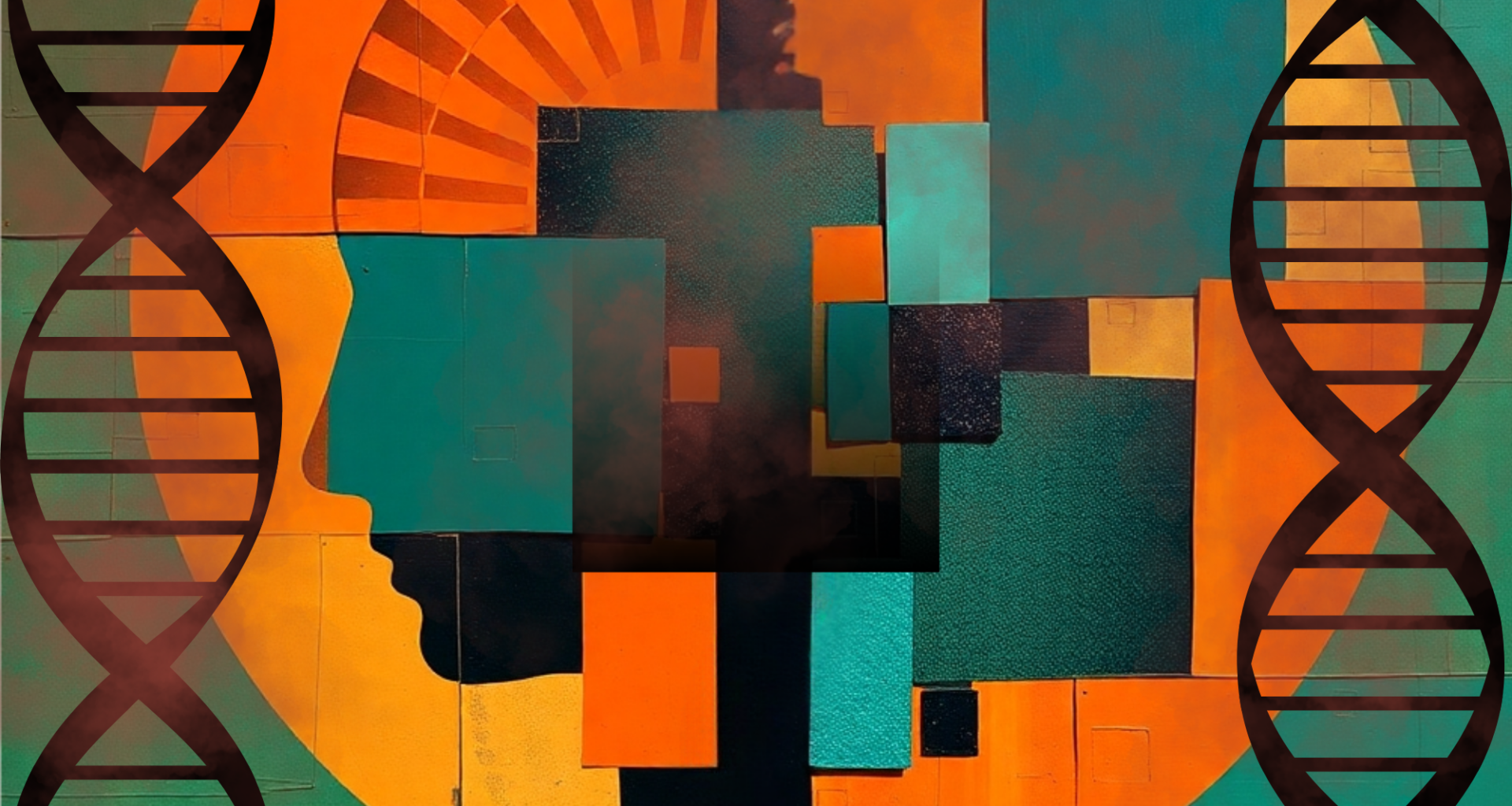“Clonal hematopoiesis increases with age and is linked to a higher risk of blood cancers,” Le Guen said, referencing a landmark Stanford study from 2014. “Our study shows that standard whole-exome sequencing can detect these somatic mutations, which are associated with earlier death and cancer risk – even in people without a diagnosis.”
This study adds another layer: people with certain clonal mutations – especially in genes like TET2, DNMT3A, ASXL1, and SRSF2 – were significantly more likely to die younger than those without them, even if they hadn’t yet developed any disease.
“Standard genetic testing can detect these mutations,” said Le Guen. “They’re not just abstract markers – they’re associated with real differences in lifespan.”
The researchers also discovered new potential risk genes, including CKMT1B, which they linked for the first time to a rare form of throat cancer. It’s this kind of insight that could eventually help shape who gets screened for what, and when – not necessarily based on family history or symptoms, but on the subtle signals already embedded in the genome.
This finding raises a tantalizing possibility: Could a routine genetic test one day reveal hidden biological risks years that may contribute to earlier mortality?
A Window Into the Future or a New Kind of Uncertainty?
The idea of using genetic screening not just to diagnose disease, but to forecast risk of early death, veers into ethically murky territory. What do you do with that knowledge? What if there’s no effective means of intervention? How do you balance preparedness with peace of mind?
Le Guen is aware of the tension, but sees the study’s findings as an opportunity, not a sentence.
“While it’s understandable to feel concerned about carrying a high-risk mutation, early detection is key to effective treatment,” he shares. “Knowing one’s genetic risk can lead to more personalized and frequent screenings, enabling closer clinical follow-up, earlier cancer detection, and often significantly improved survival.”
In other words, information doesn’t have to mean inevitability. It can mean vigilance, better monitoring, and – if possible –preventative care.
A Broader View of Mortality
Of course, genes are not destiny. Lifespan is shaped by a constellation of social, environmental, and behavioral factors. But part of what makes genetic data so powerful is its constancy. Unlike lifestyle factors, which are hard to track over decades, your DNA stays the same from birth – except, as this study shows, when it doesn’t.
Somatic mutations – the genetic edits that occur in your cells over time – add a layer of dynamic risk that evolves as we age. These mutations may eventually help explain why some people’s health appears to “turn” in midlife, or why sudden illness strikes without warning.
In that sense, this isn’t just a study about death. It’s a study about how quietly our bodies can change, and how early those changes might begin to matter.
The researchers caution that their findings are based on individuals of European ancestry, due to limitations in the UK Biobank’s diversity. They plan to extend their analysis to broader datasets, like the U.S.-based AllOfUs program, which includes participants from many different backgrounds.
But even with that caveat, the implications are clear: we are learning to read risk in our genomes, not just for disease, but for the arc of our lives.
What we do with that knowledge – how we protect, use, and interpret it – will shape not just medicine, but how we understand the boundary between health and illness, chance and fate.
